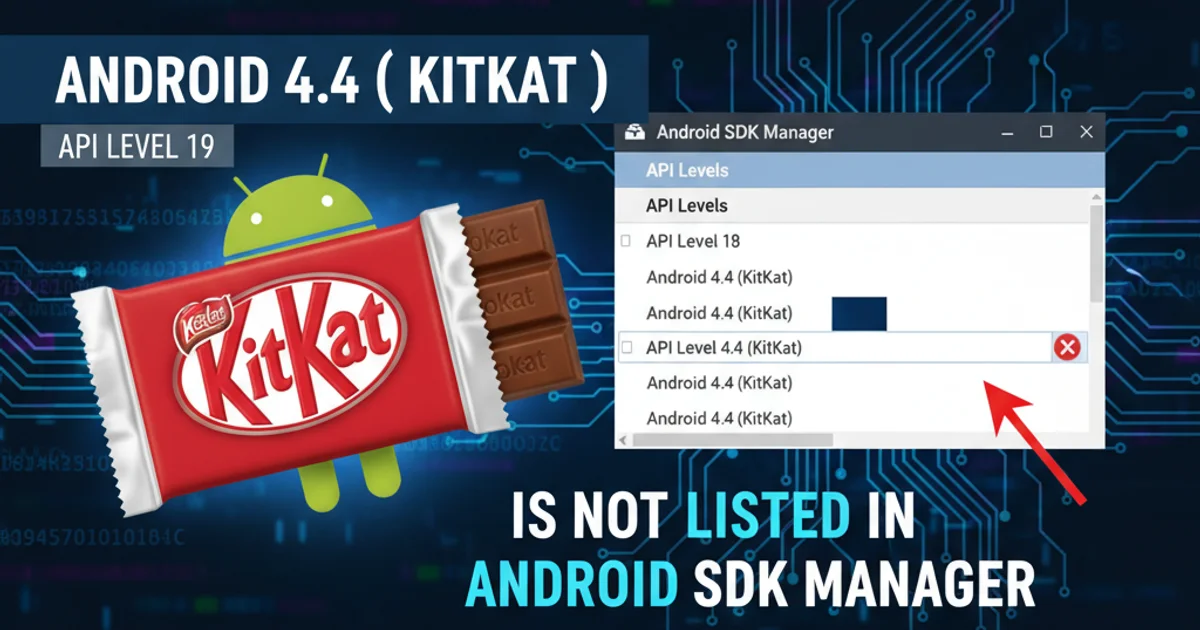How to close current tab in a browser window?
Categories:
How to Programmatically Close the Current Browser Tab

Learn the various methods and considerations for closing the current browser tab using JavaScript, including common pitfalls and security restrictions.
Closing a browser tab programmatically can be a useful feature for web applications, especially after a user completes a specific action, such as a successful login, a payment, or a form submission. However, due to security restrictions and user experience considerations, modern browsers have imposed limitations on when and how a tab can be closed via JavaScript. This article will explore the primary methods available, their limitations, and best practices for implementing this functionality.
Understanding Browser Security Restrictions
The ability to close a browser tab using JavaScript is heavily restricted by modern browsers to prevent malicious websites from closing user tabs without consent. Historically, window.close() could be called at any time, leading to poor user experiences and security vulnerabilities. Today, browsers generally only allow a tab to be closed programmatically if it was opened by a script in the first place (e.g., using window.open()). This is a critical distinction to understand before attempting to implement this feature.
flowchart TD
A[User Action] --> B{Tab Opened by Script?}
B -- Yes --> C[window.close() Allowed]
B -- No --> D[window.close() Restricted]
C --> E[Tab Closes]
D --> F[Browser Prevents Close]
F --> G[User Must Close Manually]Decision flow for programmatic tab closing
Method 1: Closing Tabs Opened by Script
If your web application opens a new tab or window using window.open(), you retain the ability to close that specific tab using window.close() from the opening window, or from within the opened window itself. This is the most reliable scenario for programmatic tab closure.
// From the parent window that opened the new tab:
let newWindow = window.open('about:blank', '_blank');
// After some operation, close the new window
if (newWindow) {
newWindow.close();
}
// From within the new window itself (if it was opened by script):
// This script would be inside the 'about:blank' page or the page loaded into it
window.close();
Example of closing a tab opened by window.open()
window.open(), it's good practice to store the reference to the new window in a variable. This allows the parent window to interact with and eventually close the child window.Method 2: Attempting to Close Self-Opened Tabs (User-Initiated)
For tabs that were not opened by script (i.e., the user navigated to them directly, or they were opened via a link), window.close() will generally fail or prompt the user for confirmation, depending on the browser and its security settings. Some older browsers or specific configurations might allow it, but this behavior is not reliable and should not be depended upon for modern web development.
// This will likely fail or prompt the user if the tab was not opened by script
function tryCloseTab() {
window.close();
}
// Example HTML button to trigger it
// <button onclick="tryCloseTab()">Attempt to Close Tab</button>
Attempting to close a tab not opened by script
window.close() for tabs not opened by script is considered bad practice and will lead to inconsistent behavior across browsers. Always assume it will not work unless the tab was opened via window.open().Alternative Approaches for User Experience
Since directly closing arbitrary tabs is restricted, consider alternative approaches to guide the user or indicate completion:
- Redirect to a 'Thank You' or 'Completion' page: After an action, redirect the user to a page that confirms success and perhaps offers next steps.
- Display a confirmation message: Use a modal or an inline message to inform the user that their action is complete and they can now close the tab manually.
- Disable UI elements: If the tab was for a specific task, disable the relevant UI elements to prevent further interaction and indicate completion.
While the direct programmatic closing of a browser tab is limited, understanding these restrictions and employing user-friendly alternatives ensures a robust and secure web application. Always prioritize user experience and browser security guidelines.